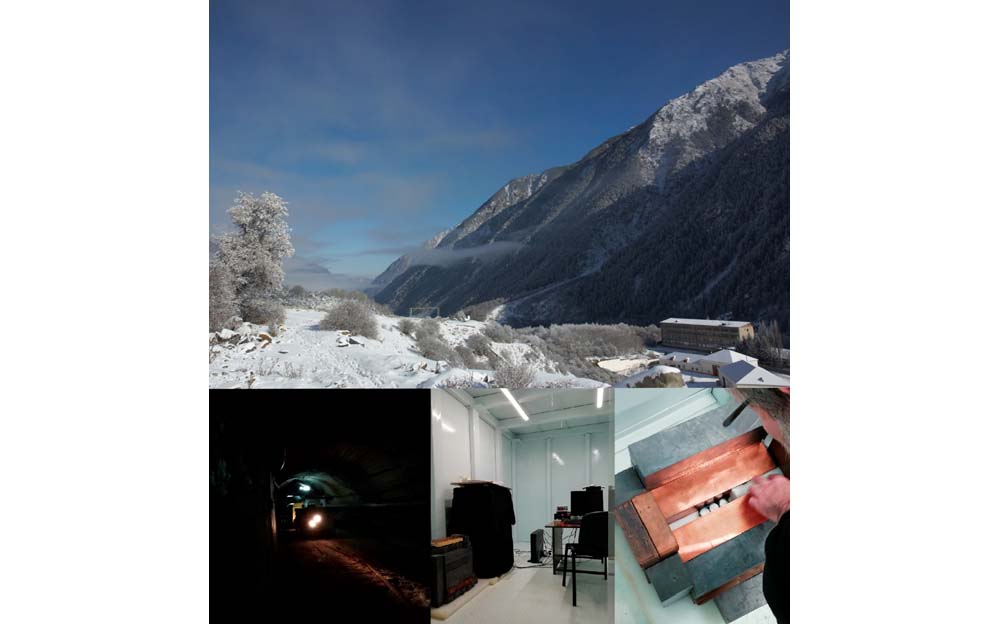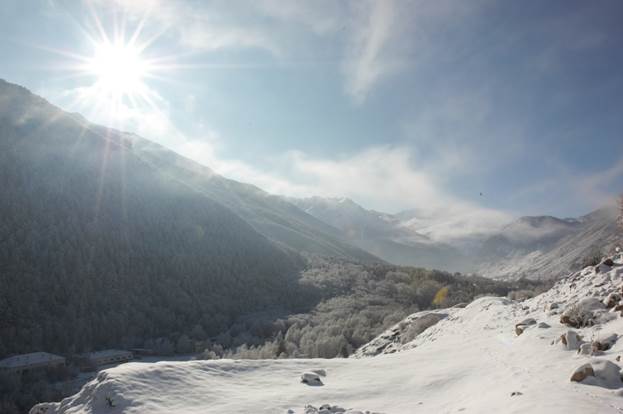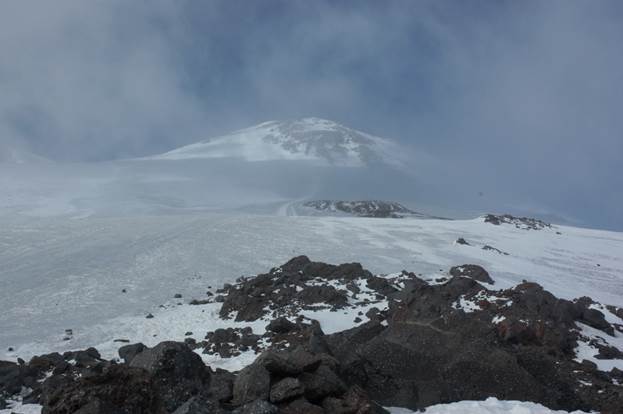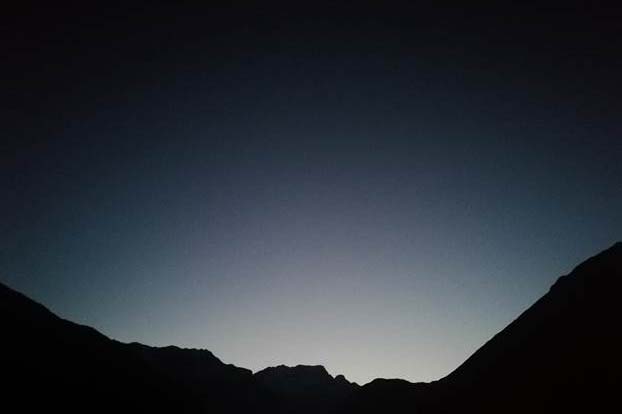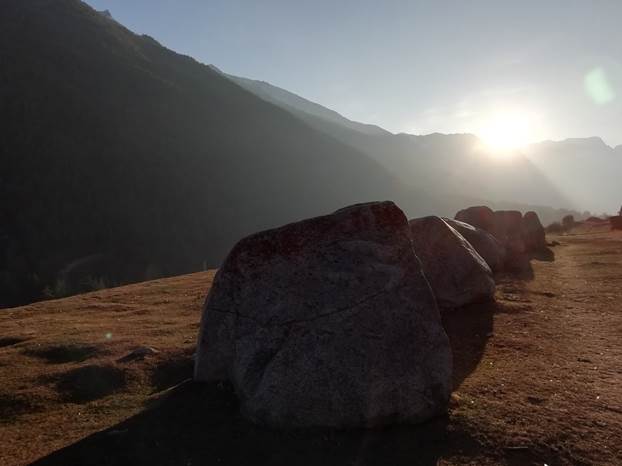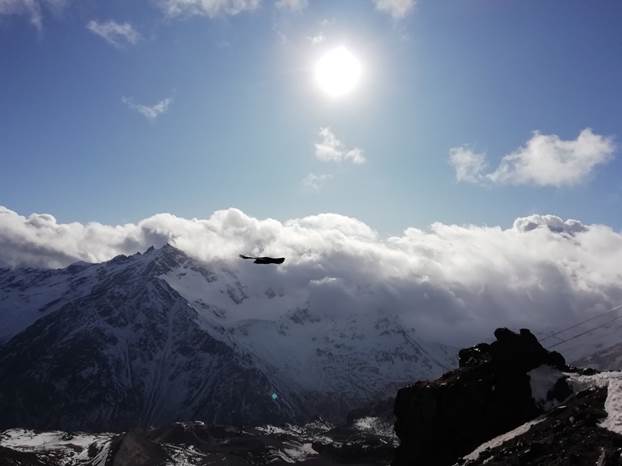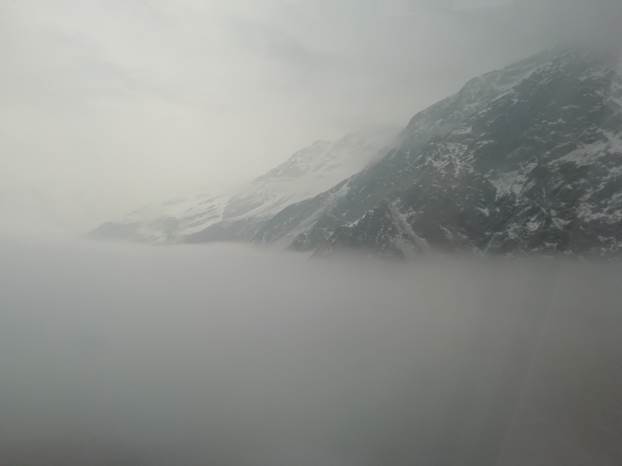First biological research by DLNP and BNO in the DULB-4900 Low-Background Laboratory
News, 07 October 2020
All living things on Earth originated and evolved in a natural radiation background environment. That is why the reaction of living objects to the almost complete suppression of the natural radiation background in deep underground neutrino laboratories is of great interest to biologists across the world over many years.
In November 2019, the experiments conducted by the Molecular Genetics Group of the Laboratory of Nuclear Problems JINR along with the Laboratory of Low-Background Research (BNO INR RAS), got underway in the unique environment of the DULB-4900 low-background laboratory (Neutrino village, Kabardino-Balkaria) located 4 km away from the tunnel entrance about two kilometres deep under the Andirchi peak (3937 m).
The experiments use a molecular genetics model organism, a fruit fly D. melanogaster, which allows studying both how its genes work and how internal systems of this complicated organism react to such extreme conditions. The results will not only permit evaluating the impact of the reduced radiation background on different parameters of organisms but also give insights to specialists in astrobiology and astronautics for simulating the environment of deep space and other planets.
The first experiment has been already conducted. In transcriptome analysis, a number of genes were spotted whose activity had changed in response to the DULB-4900 environment. The unexpected continuation of the study was an experiment on the search for and examination of endemic species inhabiting areas with reduced radiation background close to a magma chamber and having adapted to the severe environment.
Elena Dubovik, DLNP JINR
Photo by Mikhail Zarubin (Molecular Genetics Group)
